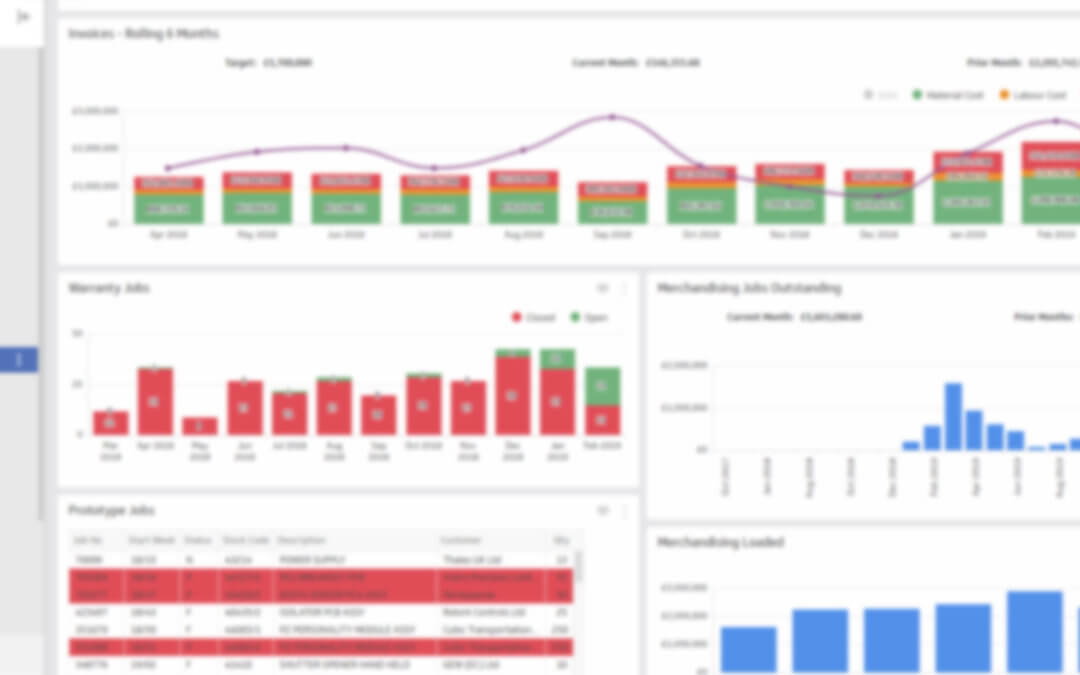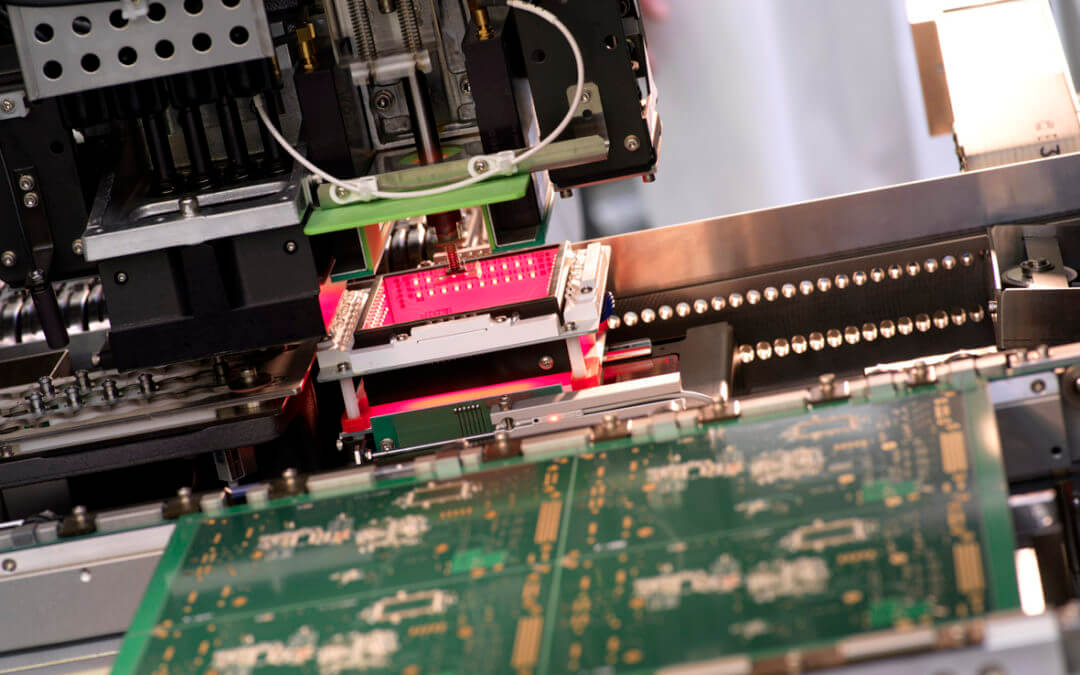Large OEMs, especially those who’ve grown through acquisition, will have thousands of suppliers, and at some point they will conclude that it’s time to streamline and focus on more strategic partnerships. Suppliers are usually awarded on a best-performing basis, so how do you compare?
Within an organisation there may be many different supplier stakeholders, and these people will have different views and opinions based on their interactions with different departments. Sometimes a decision is made based on intangibles such as a clash of personalities, old or second-hand information, incorrect data, or recent issues that are skewing longer-term performance; bad data entry, inflexibility, or issues where the supplier was not the root cause can also affect decisions. In these situations, vendor scorecards provide not only a way to objectively set and monitor performance but a way to work through issues and strengthen relationships.
Builds more predictable supply-chains
Scorecards provide a way to predict and eliminate risk. Ideally, a supplier should be made aware that their performance will be monitored and measured throughout the term of the contract so there are no surprises when a decision is made. Metrics are based on consistent and regularly scheduled audits or evaluations that are agreed to by both sides. This awareness between both parties are typically part of the contract negotiation phase. With performance data in hand, supply-chain managers can make data-based decisions regarding where to direct spend.
Provides an intuitive, easy to understand dashboard
Vendor scorecards should show data in a consistent and centralised manner, making it easy to make side-by-side reviews. Having an intuitive, easy to understand layout is critically important, otherwise nobody will use it – which defeats the purpose of having a scorecard
Helps build long-term partnerships
Scorecards have limited value taken in isolation: trends are more valuable over longer periods. Harnessing the long-term benefits is actually what makes them a very powerful tool for building, engaged collaborative partnerships. As one of the UK’s top 10 EMS companies, Chemigraphic takes vendor scorecards seriously. We regularly discuss metrics and data with our customers and our performance against an agreed set of KPIs. Through these KPIs we get to understand what’s really important to their organisation. The gains are numerous: formation of common goals, continuous improvement, contractual reviews based on past performance, more targeted and frequent communication, and ultimately the most important of all – greater trust.
Helps define what’s acceptable, what’s not
Typical scorecard measurements include on-time delivery, quality, yield, returns, warranty and communications, along with customer-specific requests. Working through the details of these metrics is very useful, as this will help to determine what’s acceptable or isn’t. On-time delivery, for instance, often leads to differences of opinion. Some OEMs will take a very strict view and penalise for any deviation – no later, but also no earlier. Is there a window of acceptability?
Empirically quantifying performance can have benefits in itself by making poor performance highly visible, but the true value of scorecards comes from cooperation to implement corrective actions. Within EMS suppliers, the performance may not be measurable purely based on internal capabilities; it’s very often subjective at the product level. For example, what’s an acceptable cosmetic appearance? No assembly is 100% visually perfect. A glaring defect in a highly visible surface should be blatant to everyone, but what about a small underside scratch or a minute speckle in a painted finish. Where is the dividing line between what acceptable and not? This is where it can be useful, or even a necessity, to have clearly documented and agreed acceptability criteria.
An EMS does not own a product design, and their extent of liability is “to the defined customer specification”, however, there can be grey areas and one of the most common is a cosmetic standard. For instance, in a plastics moulding process, there will be some visual features and acceptability may be entirely subjective. A small blemish may derive from the core process and is not necessarily a “fault”. Subjective elements can be difficult to quantify outright, but it is possible to define things like surface blemishes by size, type and location. There may be a need to extend this to viewing angles, inspection lighting conditions, viewing distance and levels of magnification. The important point is that there is a definition and agreement of what is and is not acceptable, and this may require adjustment if a selected process or material is simply not able to consistently deliver that output or within a realistic budget.
Points to other factors
Certain data may require further investigation. For example, supplier returns can be a good indicator of supplier performance, but were 100% of the returns valid? Were there defects or issues where the supplier could not be realistically held accountable? Within the complex and fast-paced transactions of a modern manufacturing environment, materials can be ‘put aside’ for a variety of reasons. Over time the pile can accumulate. When someone then eventually addresses this ‘bone-pile’, the original reasons for segregations may be lost and it can be tempting to return to supplier, causing a returns spike.
The effectiveness of a vendor scorecard regime depends on the attitudes and style of the relationship. Ideally, a supplier should commit to a process without getting defensive or obstructive and correspondingly the customer should be able to ensure those metrics captured are fair and accurate and concede when liability is closer to home.





